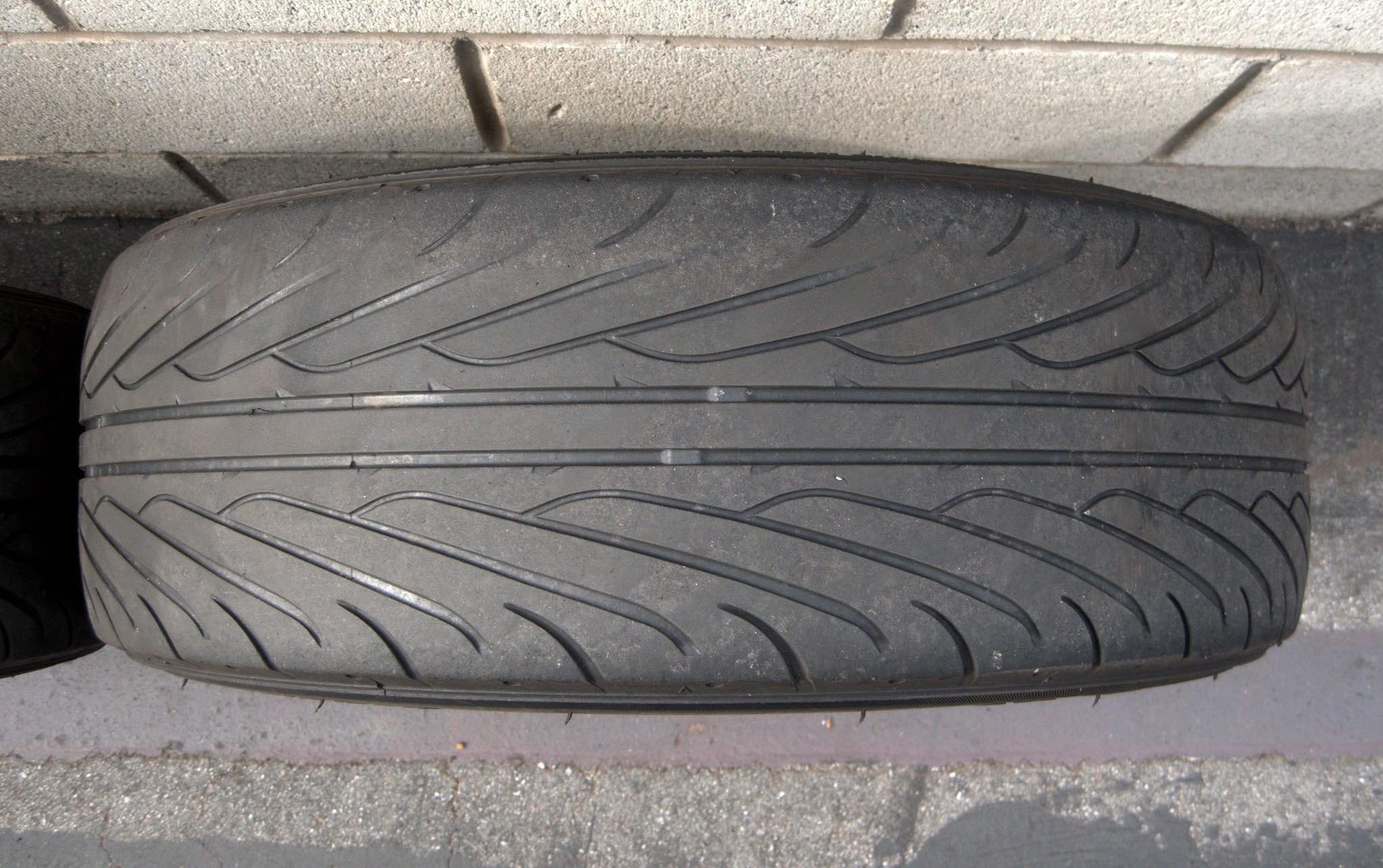A lot of people flake out when it comes to having their tires rotated on a regular basis, but did you know that failing to do so can cost you hundreds of dollars a year in tire replacement? It’s important to rotate your tires to ensure you are getting the maximum life out of our purchase. But how often should you rotate your tires and why do your tires wear out prematurely if you don’t get them rotated regularly?
What is tire rotation, anyway?
When you have your tires rotated, you move your front tires to the rear and your rear tires to the front. In some vehicles, it’s recommended to perform a cross-pattern rotation where your front tires are crossed from left to right as they’re moved back. But for the most part, swapping them from front to back does the job just fine. This of course excludes cars that have different sized tires front to back.
What does tire rotation do?
It’s important to rotate your tires as it ensures they’ll last longer by making them wear more evenly. The front end of your car is the heaviest part of your vehicle because that’s where the engine block is housed. The heavier the load, the faster a tire wears and soon those tires that promised to get you 80,000 miles only last you half that distance. A car’s front tires also experience more friction each time the driver turns the wheel and reducing the life of the trends.
By leaving tires on the back of your vehicle for too long, you can also create choppy wear from having them bounce around under the lightened load for too long. For this reason, all tires with specific mileage warranties require that you rotate them every so often to ensure even, longer lasting wear.
How often should I get my tires rotated?
This really depends on how much driving you do. Don’t use time as a gauge to determine when you should bring your car in to your local mechanic to have the tires rotated. Instead, keep an eye on your odometer and get your rotation done every 5,000 to 7,500 miles. This is usually stated right on the manufacturer’s warranty. One of the best ways to judge when you should rotate your tires is to have it done with every other oil change. If you’re maintaining a regular schedule of changing your oil every 3,000 to 3,500 miles this ought to keep you right on track. Some auto repair shops will rotate your tires for free if you purchased the tires from.
What’s the difference between rotating tires and balancing them?
You’ll usually hear the words “rotation and balance” used together when referring to having your tires rotated. Balancing is achieved through the adding of small weights to your rims, which act to right any imbalances in the tire itself. You can usually tell that your tires are out of balance if your car begins to shudder at speeds in excess of 55 miles per hour. Balancing isn’t always necessary when rotating your tires, but it’s a good idea to have the balance checked every time to ensure your car is rolling along as smoothly as it should be.
Tires aren’t cheap which is why it’s important to rotate your tires as outlined above. For as much money as they cost, it’s up to you to make sure that when you sink a few hundred dollars into a new set of rubber shoes, you’re not throwing money away unnecessarily. If you resolve to keep your tires on a regular rotation schedule, the use you get out of them should meet or well exceed the guarantees specified by the tire manufacturer.
Another tip is to get your tires aligned. The purpose of this is to reduce tire wear and ensure that the vehicle travel is straight and true without pulling to one side. Wheel alignment is part of vehicle maintenance which we will cover in another topic. But just a quick note on the subject – wheel alignment consists of adjusting the angles of the wheels so they meet the manufacturer’s specifications.
When it’s time to maintain your tires, give Openbay a try – the award winning online marketplace for automotive repair and service. Get started today.
Save upwards of 25% on
car repair and maintenance services with Openbay+
Image credits: jeremy jozwik – mg_7002A

